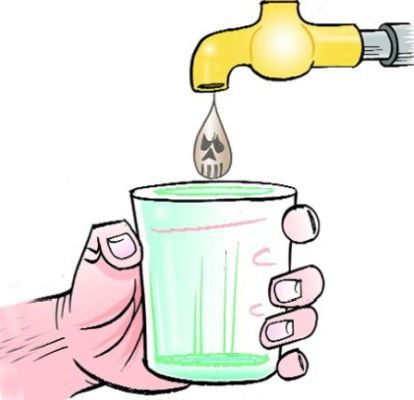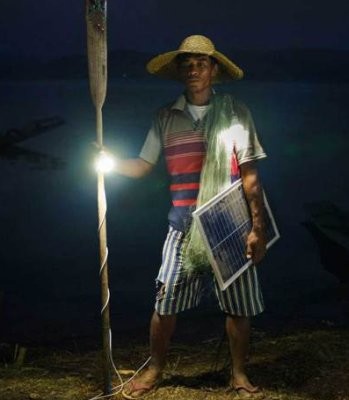Ashamed of defecating in open due to lack of toilet, Indian girl commits suicide
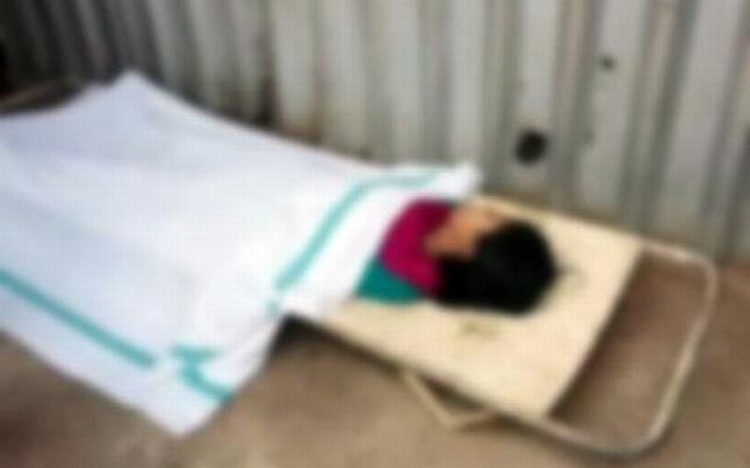
A few days back, a 17-year-old girl in Jharkhand state of India had ended her life after her frequent requests to build a toilet at home were refused by her parents. The family lives in Dumka District. The state is known for its poverty; hence, most of the villagers don’t have toilets here. Like others, this girl was forced to defecate in the open fields.
She was ashamed running to open field at morning and scared in the darkness. She was forced to compromise with her dignity, privacy, and safety.
Last year, two Indian girls were abducted in Uttar Pradesh while they were out in isolated fields on nature’s call. After gangrape, the girls were murdered by hanging from a tree.
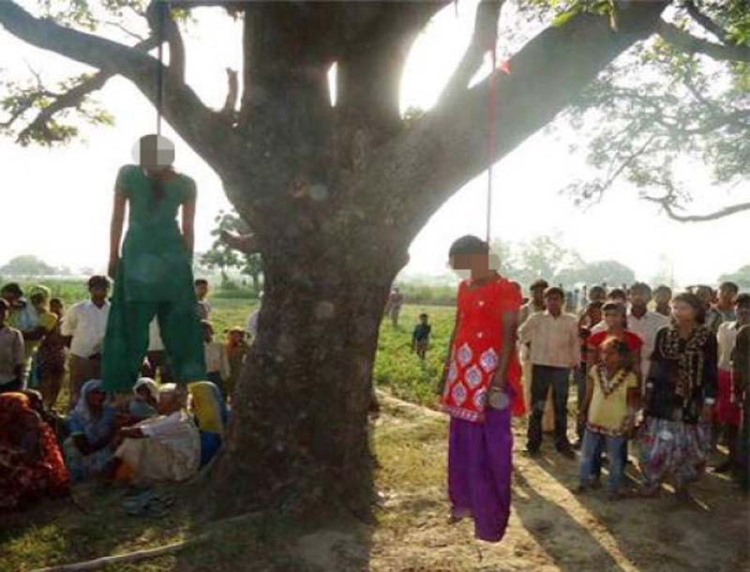
According to the mother of deceased, “My daughter told me that I have to travel so far for a toilet in this heat, so construct a toilet first.”
However, the parents always declined her request saying that they are saving money for her marriage.
“For many days, she was asking for a toilet in their house. The mother told her that they are poor and the first priority is her marriage. After this everybody went back to their normal routine and this incident happened,” said Vipul Shukla, Superintendent of Police, Dumka.
She isn’t the only female who lack privacy and dignity while defecating or urinating in open due to lack of toilets. In industrialized Western countries, toilets might sound like a basic amenity that is taken for granted. But for a third world country like India, it’s a luxury for majority of population living in rural areas.
With 640 million (Over 64 crores) people defecating in open, India ranks first in the list of countries practicing defecation in open. That means, more than 53 percent of Indian homes don’t have toilets. Out of this total percentage, 70% is rural population. Poor sanitation and water contamination due to defecation in open is responsible for 80 percent of diseases in rural India.
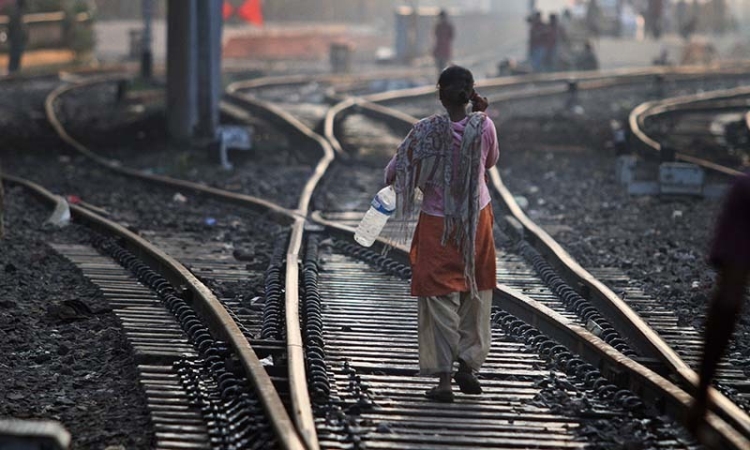
Over 700,000 children fall victim to diseases like diarrhea originating from the practice of defecating in open near populated human community or villages. Presently, India needs to construct over 100 million toilets to serve the whole population. Indian government has a target of building 60 million toilets by 2019. However, considering the corruption and previous record, it’s really difficult to believe that India can achieve even 50% of the target.
According to an article on Washington Post, “the government’s great toilet race has turned into a vortex of corruption in which villagers and middlemen siphon money by creating fake ledger entries about toilet construction.”
Another trouble with Indian population is their behavioral errors and wrong habits. According to international organizations like UNICEF and WHO, constructing toilets won’t be enough to stop defecation in open. The country needs aggressive awareness campaign to promote use of toilets among poor and less educated poverty stricken rural population.
Surprisingly, India has cut the budget for sanitation by half – a contrast to swatch Bharat campaign launched by PM Narendra Modi in October 2015.
“There is a kind of a feeling among politicians that, if we ignore the problem it will go away,” said. “And so we’ve had years of poor funding, poor quality equipment and poor solutions being offered to the poor”, Nitya Jacob, who leads policy for the Indian branch of the international charity WaterAid
He further calls India a victim of its own population growth and faults in Indian policies.
Moreover, rural people prefer to go in open even when they have new toilets installed at their home. People also believe that having a toilet near a house is not a healthy practice. Rather, they think it’s healthier to defecate in open breeze. Also, sanitation isn’t a priory among rural population.
Via: NDTV
Image Credit: ANI
